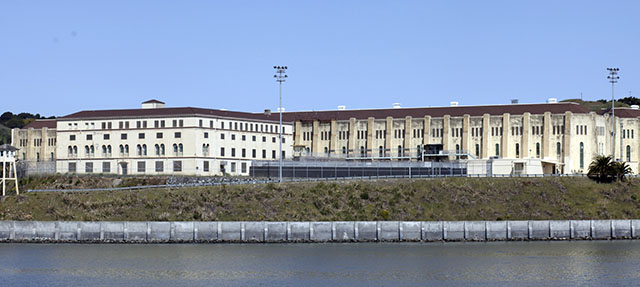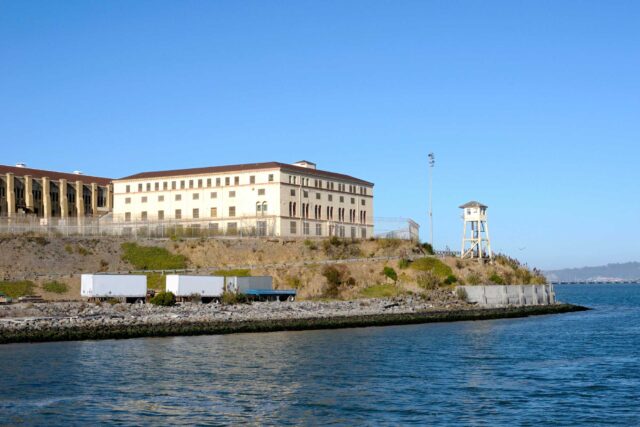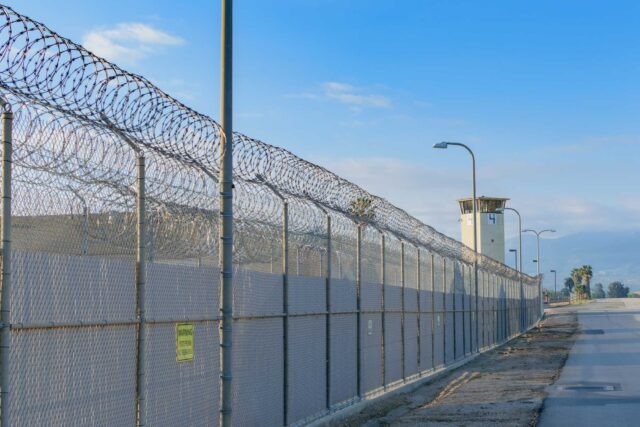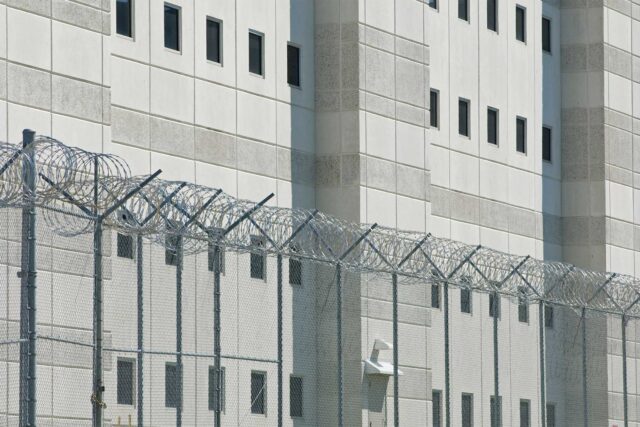COVID-19 engulfed San Quentin after infected inmates were transferred from the prison in Chino, California. Between the end of May and earlier this week, 2,030 San Quentin inmates had contracted the virus and 10 had died—a mortality rate of 0.5% so far. San Quentin’s outbreak is now the third largest in the nation, behind two Ohio prisons.
San Quentin is one of two still-active prisons in California that experienced influenza outbreaks in 1918 (Folsom is the other). Although COVID-19 and Spanish flu are different diseases, they spread similarly. Therefore, the experiences of a century ago may help prison officials address today’s outbreak and prevent future outbreaks from taking hold.
A 1919 research study by San Quentin’s controversial resident physician described three influenza waves in April, October, and November 1918. Each wave started after an infected county jail inmate transferred to San Quentin. Contact tracing in the third wave illustrated how efficiently influenza spread through close contact. An infected transfer inmate transmitted influenza to two prisoners sleeping next to him in the reception center. Two of those men then went to a movie, infecting others.
During this time, the main avenue of mass transmission seemed to be crowded movie screenings, which nearly all prisoners attended in a “poorly ventilated room” that was “moist, warm, and foul with smoke and human odors.” By contrast, fresh air seemed to slow the spread: once infected, inmates convalesced outside during the first wave.
During and after the third wave, policies were implemented to prevent influenza from entering and spreading through prisons. Inmates and visitors wore masks during visits. Movies were suspended. When they resumed, two trials indicated that requiring half of moviegoers to wear masks seemed to prevent outbreaks.
In addition, incoming inmates were confined to reception for the four-day estimated incubation period before being permanently housed or transferred. Despite these efforts, an infected inmate who was transferred from San Quentin to Folsom infected the guard who accompanied him, inciting an outbreak at Folsom.
Influenza and COVID-19 both spread mainly through respiratory droplets. Lessons learned about containing influenza outbreaks in 1918 may therefore apply to today’s COVID-19 pandemic. In fact, today’s public health recommendations reflect many of 1918’s lessons.
First, contract tracing and mask trials in 1918 suggest that strict adherence to current California Department of Corrections and Rehabilitation policies for inmates and staff to wear masks and avoid physical contact can slow the spread of infection even in shared spaces.
Second, today’s San Quentin outbreak reinforces a primary lesson from 1918: transferring inmates requires extreme caution and preparation. Non-essential prison-to-prison transfers should be minimized, as should entry points to prisons from jails. Inmates should test negative for the virus immediately prior to transfer. During transport, prisoners, guards, and drivers should take appropriate preventative measures for travelers, including opening vehicle windows and wearing masks. Ideally, transferred prisoners would be isolated from the general population until the 14-day incubation period passes and they test negative for the virus.
Third, California’s relatively mild year-round climate might also help. As with influenza, the probability of transmitting COVID-19 is thought to be much lower outdoors than indoors, where the virus can linger and concentrate. Instead of isolating inmates in poorly ventilated facilities, the state could create outdoor spaces where inmates can spend more of their time. Accelerating existing plans to develop air-conditioned tent spaces and constructing temporary open-air dormitories and field hospitals could help minimize the potential for COVID-19 outbreaks to take hold in California prisons today and as the state plans for an uncertain future challenged by the virus.





